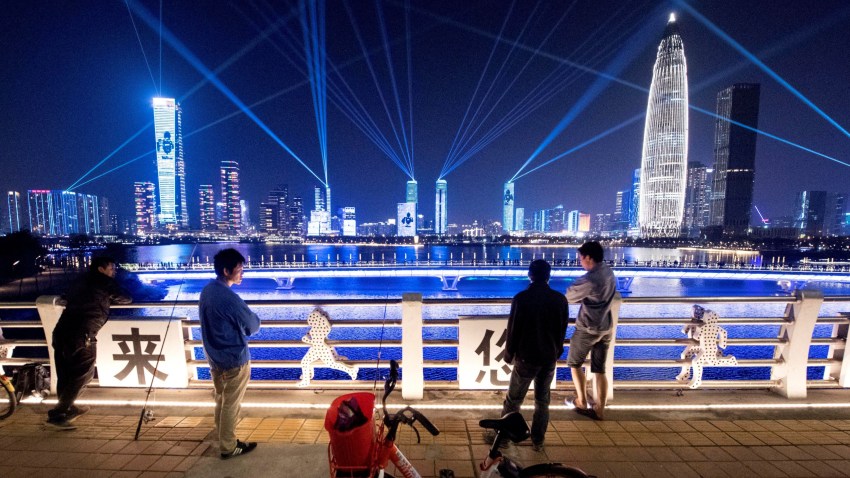China’s economy is experiencing a significant slowdown, with projections of growth below the government’s target of 5 percent for 2023 amid concerns over the impact of the country’s long-running real estate bubble finally bursting. On top of the domestic challenges, China must also factor in a more hostile geopolitical environment, to a certain extent due to its assertive foreign policy.
Like the country at large, the city of Shenzhen is also looking for ways to adapt to the growing uncertainty of China’s shifting economic landscape. But Shenzhen is not just another city. It was the birthplace of the Reform and Opening Up era, which President Xi Jinping has essentially brought to a close. Chosen for its geographic proximity to Hong Kong and its sea-fearing and merchant tradition, Shenzhen became the first Special Economic Zone where market initiatives flourished in post-Mao China. The city rapidly grew from 300,000 inhabitants in 1979 to 13 million today, attracting talent and dreamers from around China.
As important was Shenzhen’s symbolic significance as Deng Xiaoping’s living legacy. Deng hailed Shenzhen’s “daring spirit” during his stop in the city as part of his Tour to the South in 1992, which consolidated China’s economic reforms after the bloody repression of pro-democracy protests at Tiananmen Square three years earlier.

